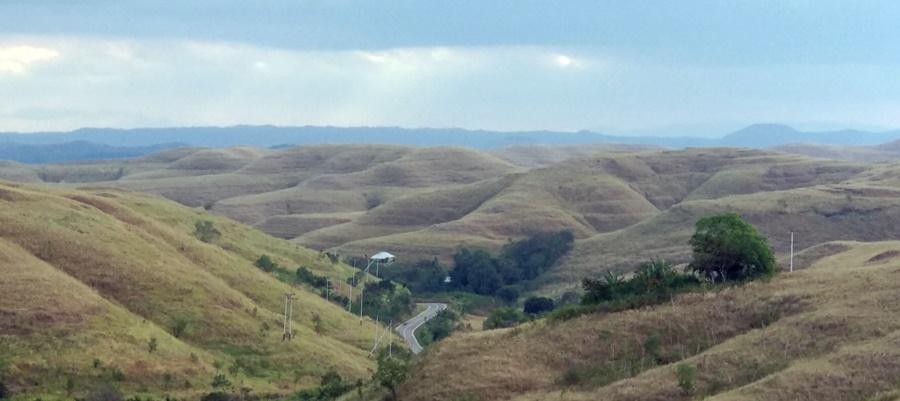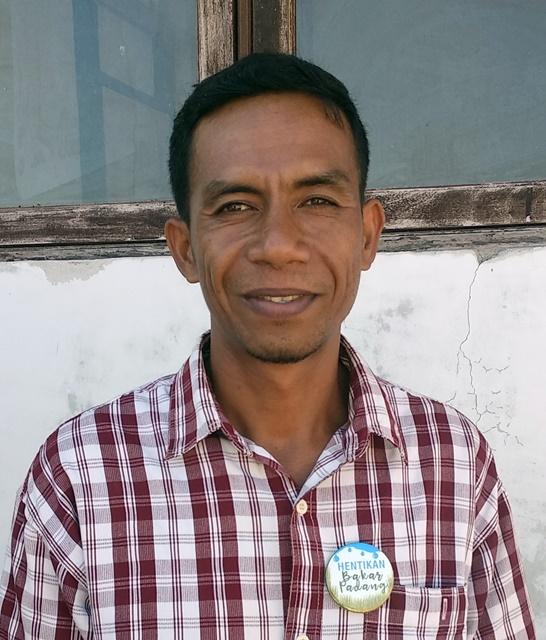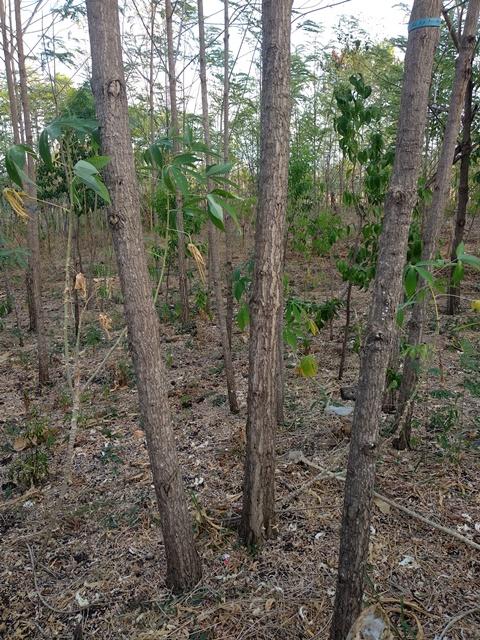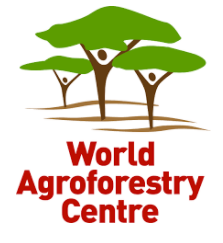Restoring Degraded Tropical Dryland in Extreme Conditions: The Case of Sumba Island
Sumba in eastern Indonesia has been almost totally deforested, has only patches of thin soil on limestone savannahs and a wet season that has contracted to three months a year.
by Rob Finlayson
Restoring degraded land is a major global challenge made more urgent by a changing climate, warming world, increasing shortage of arable land and an exploding human population. The tropical regions of Earth have been historically among the wettest and most fertile, producing the familiar images of lush landscapes of thickly forested hills and valleys of rice fields. Yet large areas of the tropics are dry, deforested, degraded and unproductive. The island of Sumba in Indonesia’s easternmost province of Nusa Tenggara Timur is one such case.
Once known as Sandalwood Island, Sumba’s highly valuable and high-quality sandalwood trees were progressively harvested from the 1700s up to the early 2000s. Much of the entire island, and nearly all of its eastern half, has now been completely deforested. Only remnant forests survive in steep gullies and on inaccessible hill tops. The landscape is vast sweeps of limestone savannahs crossed by deep gullies, growing only coarse grasses grazed by small groups of humped, white cattle and brown and black ponies. Homesteads with characteristic steep roofs made of palm and grass dot the landscape, occasionally accompanied by a few small trees. Farm plots of around 1 or 2 hectares, scattered here and there where some soil still remains, produce low yields of maize and cassava. Food shortages are common, with residents often relying on support from community groups and government agencies. Rainfall is low, with the wet season having contracted from six months to around three months over the last few decades. Extreme rainfall brings floods and destruction of crops. Grass fires and wandering cattle and horses destroy crops and tree seedlings.
Yet even in the face of such harsh conditions, the farmers of East Sumba are committed to restoring their land, to see it covered once again in trees that they hope will bring back the springs that disappeared with deforestation and provide fruit, timber, medicines, shade and soil.
Hendrik Mbolu Manggal, a farmer from Rambangaru village, explained that, ‘Making East Sumba green again is our dream, a big dream. Yes, our environment now is harsh but it shouldn’t make us harsh. Our hearts must be strong. We must plant trees. If 1000 people plant one tree each every day, in ten years there will be many, many trees.’
Putting his words into action, in 2015 he returned from working in the neighbouring island of Sulawesi. He was inspired by a chance encounter with a local who showed him the many hundreds of trees planted on family’s land. Manggal realised that if he did the same on his own land in East Sumba, he could not only make the land green again but also provide a good income for his family.
Upon his return, he planted 600 seedlings of the iconic, high-value sandalwood, without any knowledge of how to cultivate it. Only six survived. Undaunted, and with a little more knowledge, he planted another 250, of which 100 survived. In 2017, he was trained by the World Agroforestry Centre in how to correctly cultivate sandalwood, which requires the presence of a host tree if it is to grow successfully. He planted 500 more trees and 400 survived. With these 600 trees, which sell at maturity in 10 to 20 years for upwards of USD 2500 each, he is already realising his dream.
His neighbours are learning from him and others who have been supported by the World Agroforestry Centre, Wahana Visi Indonesia and Lutheran World Relief with funding from the Australian Government, which is coming to a close. Eighteen leading farmers, eight of whom were women, were trained and then facilitated 1618 of their neighbours. In just two years in harsh conditions, 150 hectares have been restored through planting timber and fruit trees and annual crops. The farmers are learning how to cultivate vegetables between and near trees, grown on soil that didn’t even exist less than a year before, created by fallen leaves and root intrusion; in some places, the rate of soil formation is an astonishing 10 cm per year.
‘In Sumba we have long droughts and little vegetation,’ said Umbu Lili Pekuwali, deputy head of the district of East Sumba. ‘We understand that the effects of climate change will make our lives even more difficult. Yet Sumba is our home and that of our ancestors. Step by step together, the government and people, we can make Sumba green again. We must increase our knowledge through education. We must support and protect our natural resources. Around our homes, on our farms and beyond, plant trees! They will change the environment: it will become cooler, fresher. We know that government has limitations. We invite the private sector and non-governmental organizations to come and help us create a green economy. We cannot continue to allow our environment to be destroyed.’
If Sumba is once again forested and supporting a green economy, it will be a model for other tropical drylands in eastern Indonesia and around the world. The question is whether those with the money and knowledge to help will step up and support the people of Sumba achieve their seemingly impossible dream or whether they must do it alone.
About World Agroforestry Centre
The World Agroforestry Centre is one of the 15 members of the CGIAR, a global research partnership for a food-secure future. We thank all donors who support research in development through their contributions to the CGIAR Fund.




